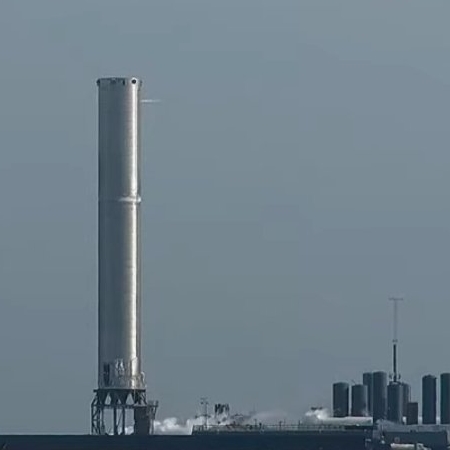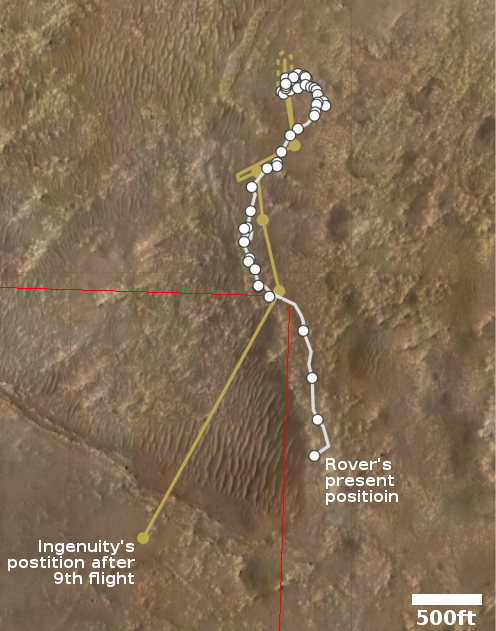NASA awards three contracts to develop nuclear propulsion concepts
Capitalism in space: NASA yesterday awarded three different contracts to three different corporation partnerships to develop new nuclear propulsion concepts for use in space.
The contracts, to be awarded through the DOE’s Idaho National Laboratory (INL), are each valued at approximately $5 million. They fund the development of various design strategies for the specified performance requirements that could aid in deep space exploration.
Nuclear propulsion provides greater propellant efficiency as compared with chemical rockets. It’s a potential technology for crew and cargo missions to Mars and science missions to the outer solar system, enabling faster and more robust missions in many cases.
The contracts went to these partnerships:
- Lockheed Martin and BWX Technologies
- Aerojet Rocketdyne, General Atomics Electromagnetic Systems, and X-energy
- Blue Origin, Ultra Safe Nuclear Technologies, Ultra Safe Nuclear Corporation, General Electric Hitachi Nuclear Energy, General Electric Research, Framatome, and Materion
Once the concepts are put forth at the end of the 12-month contracts, the DOE’s laboratory will review them and make recommendations to NASA for further work.
This contract, along with other NASA contracts to develop nuclear power for use on planetary surfaces, strongly suggests that the fear of using nuclear power in space is receding. If so, the capabilities in space will increase significantly in the coming years.
Capitalism in space: NASA yesterday awarded three different contracts to three different corporation partnerships to develop new nuclear propulsion concepts for use in space.
The contracts, to be awarded through the DOE’s Idaho National Laboratory (INL), are each valued at approximately $5 million. They fund the development of various design strategies for the specified performance requirements that could aid in deep space exploration.
Nuclear propulsion provides greater propellant efficiency as compared with chemical rockets. It’s a potential technology for crew and cargo missions to Mars and science missions to the outer solar system, enabling faster and more robust missions in many cases.
The contracts went to these partnerships:
- Lockheed Martin and BWX Technologies
- Aerojet Rocketdyne, General Atomics Electromagnetic Systems, and X-energy
- Blue Origin, Ultra Safe Nuclear Technologies, Ultra Safe Nuclear Corporation, General Electric Hitachi Nuclear Energy, General Electric Research, Framatome, and Materion
Once the concepts are put forth at the end of the 12-month contracts, the DOE’s laboratory will review them and make recommendations to NASA for further work.
This contract, along with other NASA contracts to develop nuclear power for use on planetary surfaces, strongly suggests that the fear of using nuclear power in space is receding. If so, the capabilities in space will increase significantly in the coming years.












